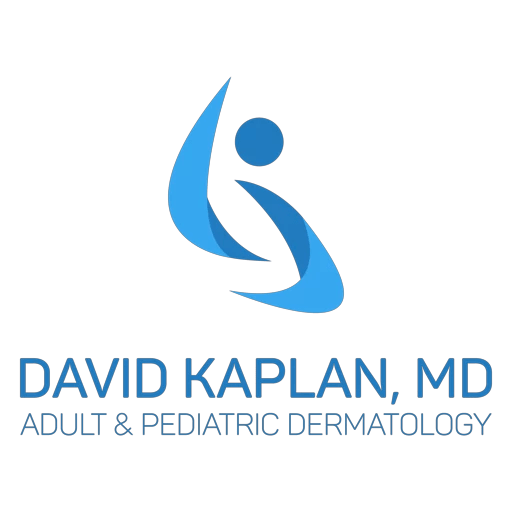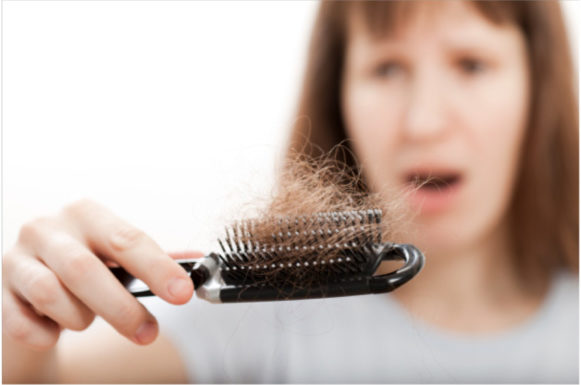Losing your hair can be devastating. Even though we preach that beauty is only skin deep, most cultures still associate beauty with a full head of hair.
Aside from affecting your appearance, it can affect the way you feel about yourself. If you’re suffering from or showing signs of losing your hair, medical intervention is warranted.
Dermatologists specialize in hair loss, also known as alopecia or baldness, and can help you preserve the hair you have and even possibly regrow the hair you’ve lost.
Read on to learn what causes hair loss, the symptoms and ways you can treat it!
WHAT CAUSES HAIR LOSS?
It’s perfectly normal to find hair on the floor on in the shower. On average, people lose up 100 hairs a day as part of the normal shedding and growth cycle. However, when someone suffers from alopecia, shedding increases dramatically. Over time, the hair gets thinner and finer.
The main causes of hair loss include:
- Hereditary – In most cases, there is an inheritable condition known as male or female pattern baldness. It usually follows a specific pattern that is predictable and happens when a person ages.
- Hormonal Changes – Many conditions can negatively affect hormones and in turn cause temporary or permanent hair loss. Pregnancy and menopause are some of the main culprits for hormonal alopecia.
- Medical Conditions – Thyroid conditions and infections can cause increased shedding and baldness.
WHAT ARE THE SYMPTOMS OF HAIR LOSS?
The most common symptoms of hair loss include:
- Thinning – Hair thinning is one of the most common symptoms that affect both genders. For men, hair may start to recede on the forehead. Women often will notice a widening of the part, while the hairline stays normal.
- Patchy Bald Spots – In some cases, people may experience smooth bald spots. Most of the time, this occurs only around the scalp area, but it may also happen in eyebrows and beards.
- Loosening of the Hair – Having a physical or even an emotional shock can cause someone’s hair to loosen. As you brush, wash or even giving it a gentle tug, you might pull out a handful of hair.
Symptoms of hair loss are often very individual and will present in different forms.
WHAT ARE THE TYPES OF TREATMENTS?
Since there are multiple types of alopecia, there are also multiple ways to treat it. However, genetics is the number one cause of hair loss and it is unavoidable. The easiest way to treat hair loss, and also the most expensive, is hair transplant.
There are also non-surgical treatments that many find effective, less costly and easier to manage. They include:
- Hair Regrowth Medication – There are two over-the-counter and FDA-approved medications to help treat hair loss. Minoxidil, more commonly known as Rogaine®, and Finasteride® are both proven effective for hair regrowth.
- Laser Therapy – This new treatment works equally for both genders. Laser therapy will help stimulate the anagen phase, prolonging the duration of it and, in turn, increase the rate your hair will grow.
- Hair Regrowth Oils – For people who want to take a more natural approach, oils may be a good option. Each and every oil product is rich in specific nutrients and minerals, which aid in promoting hair growth.
Hair loss doesn’t always only affect the physical and may have a negative impact on general mental health. If you believe you may be suffering from hair loss, or have some of the symptoms mentioned above, reach out to us at Adult & Pediatric Dermatology today. Call us at 913-469-1115 today and let us help.

